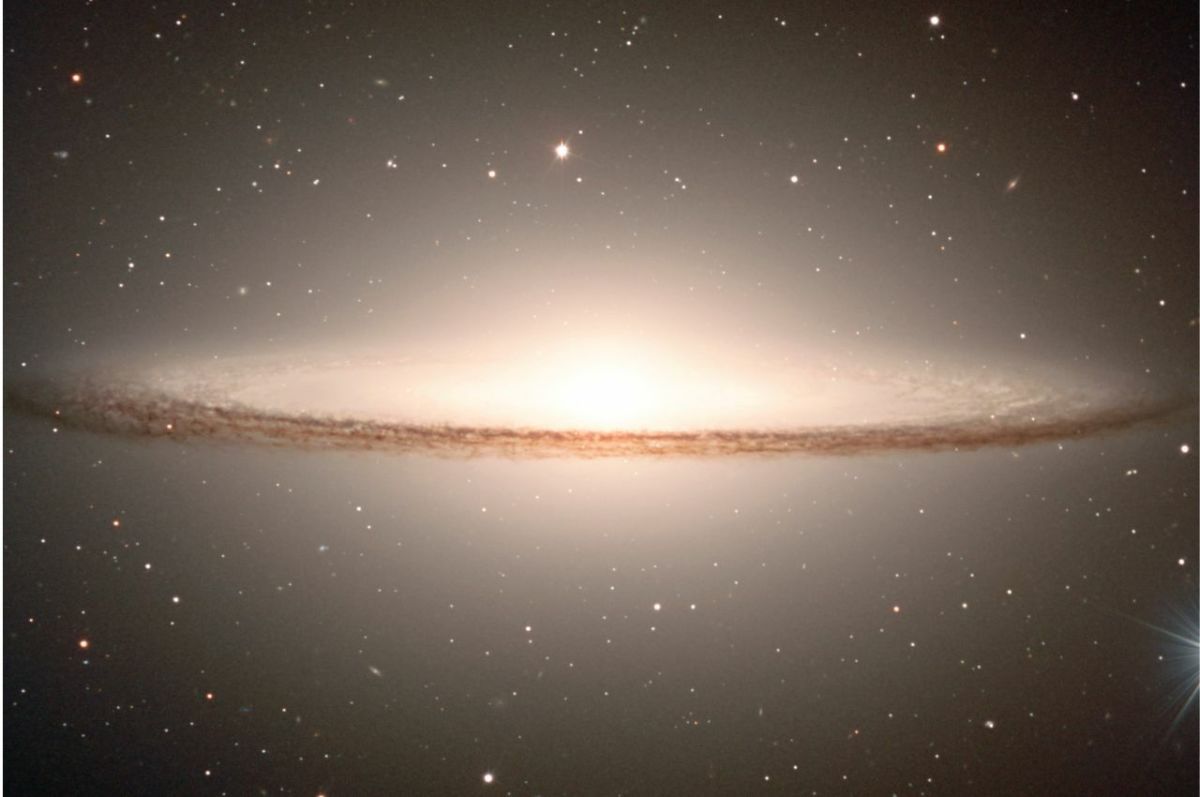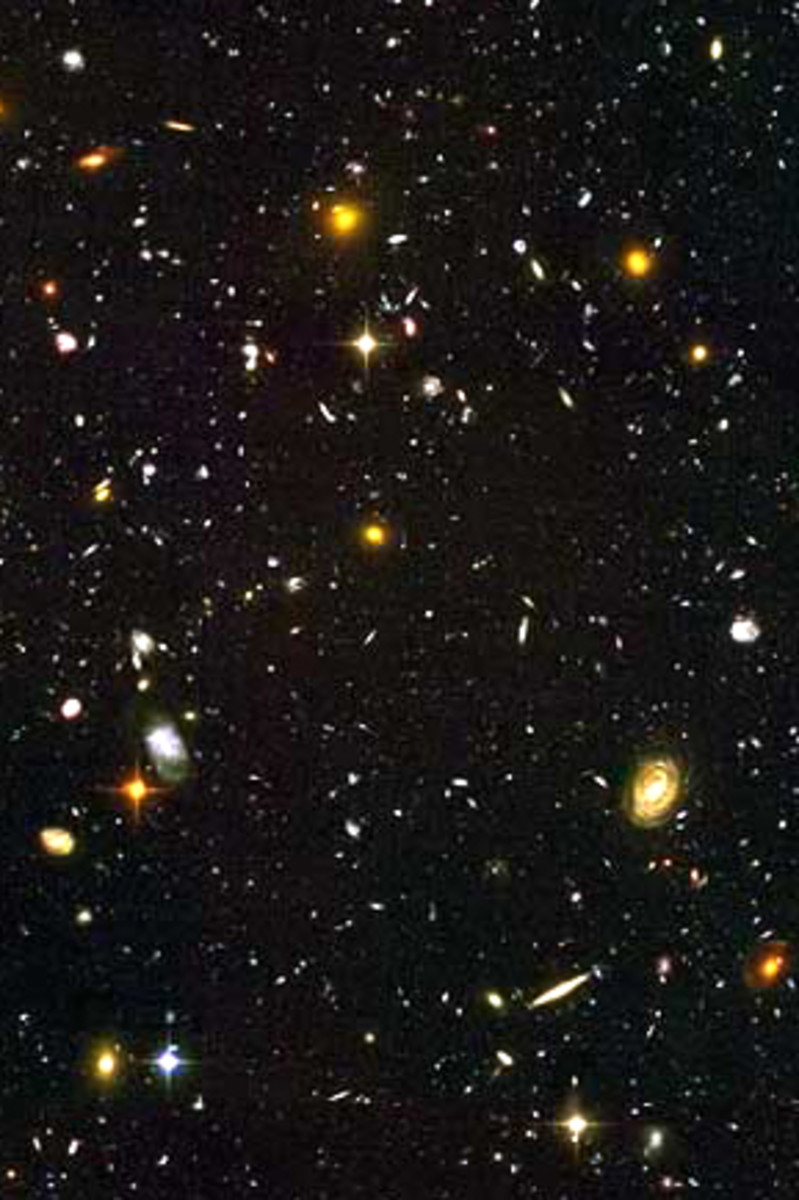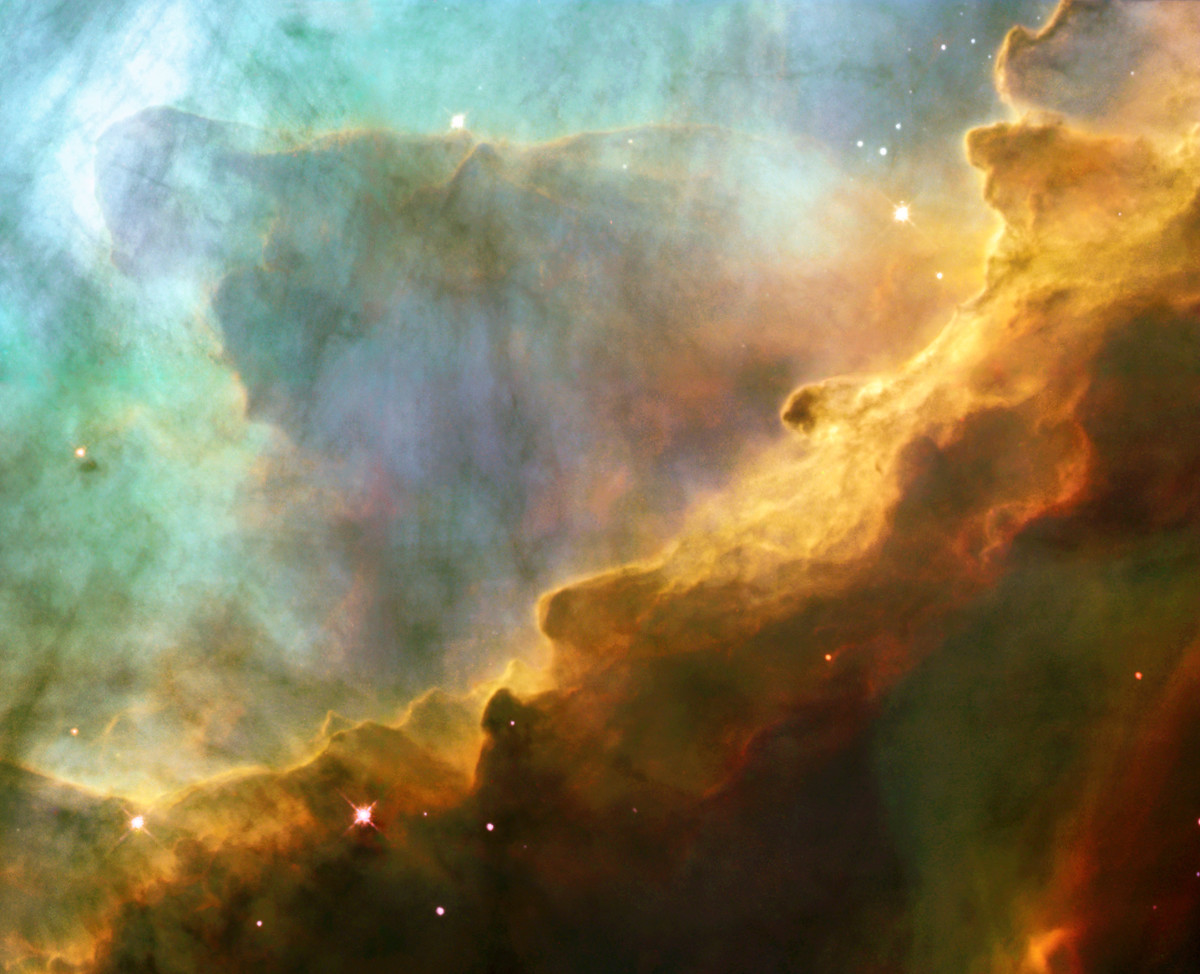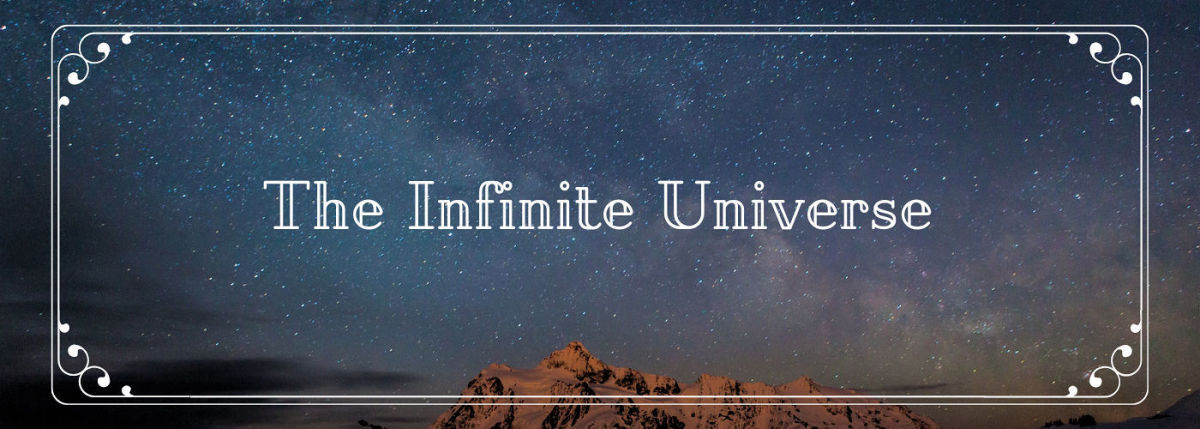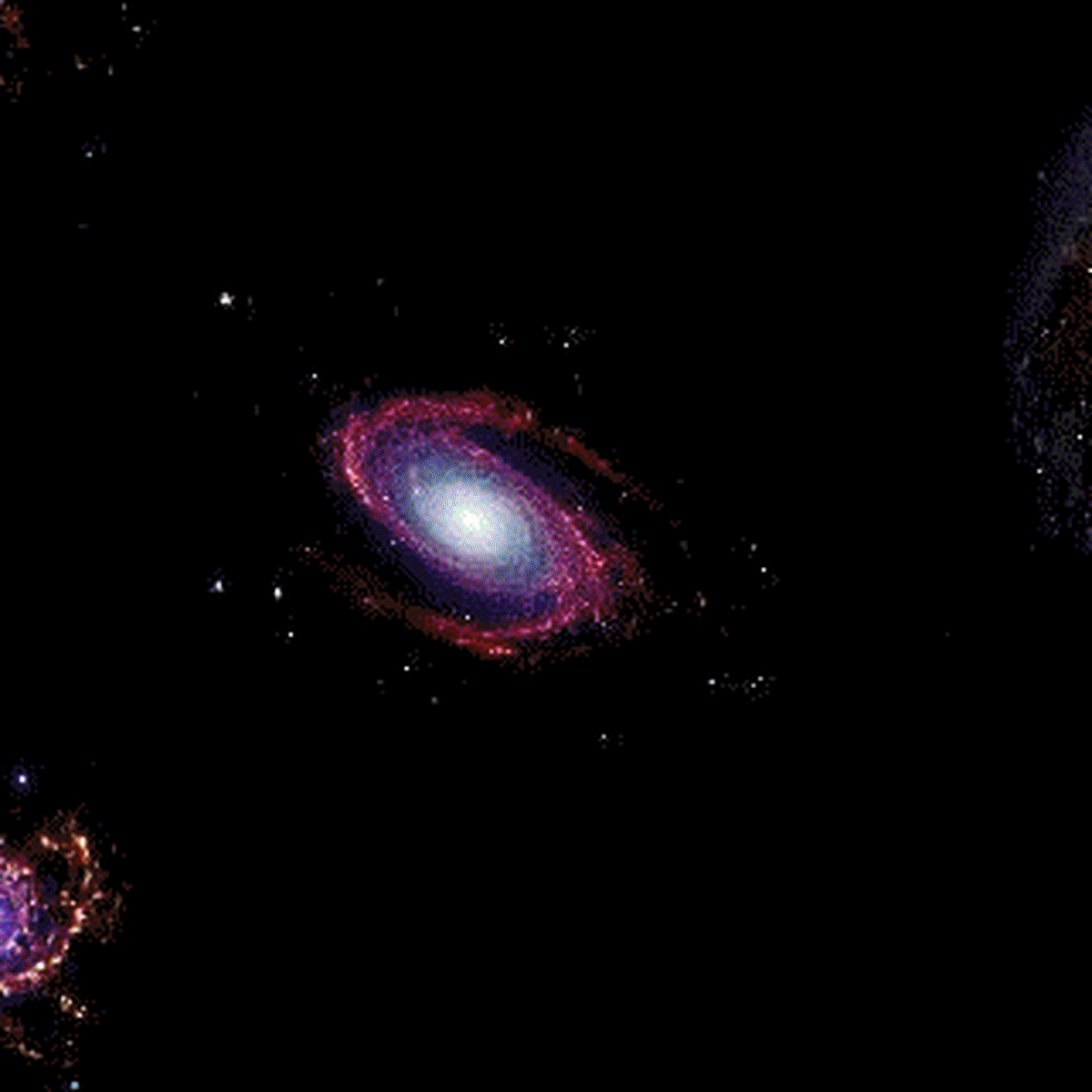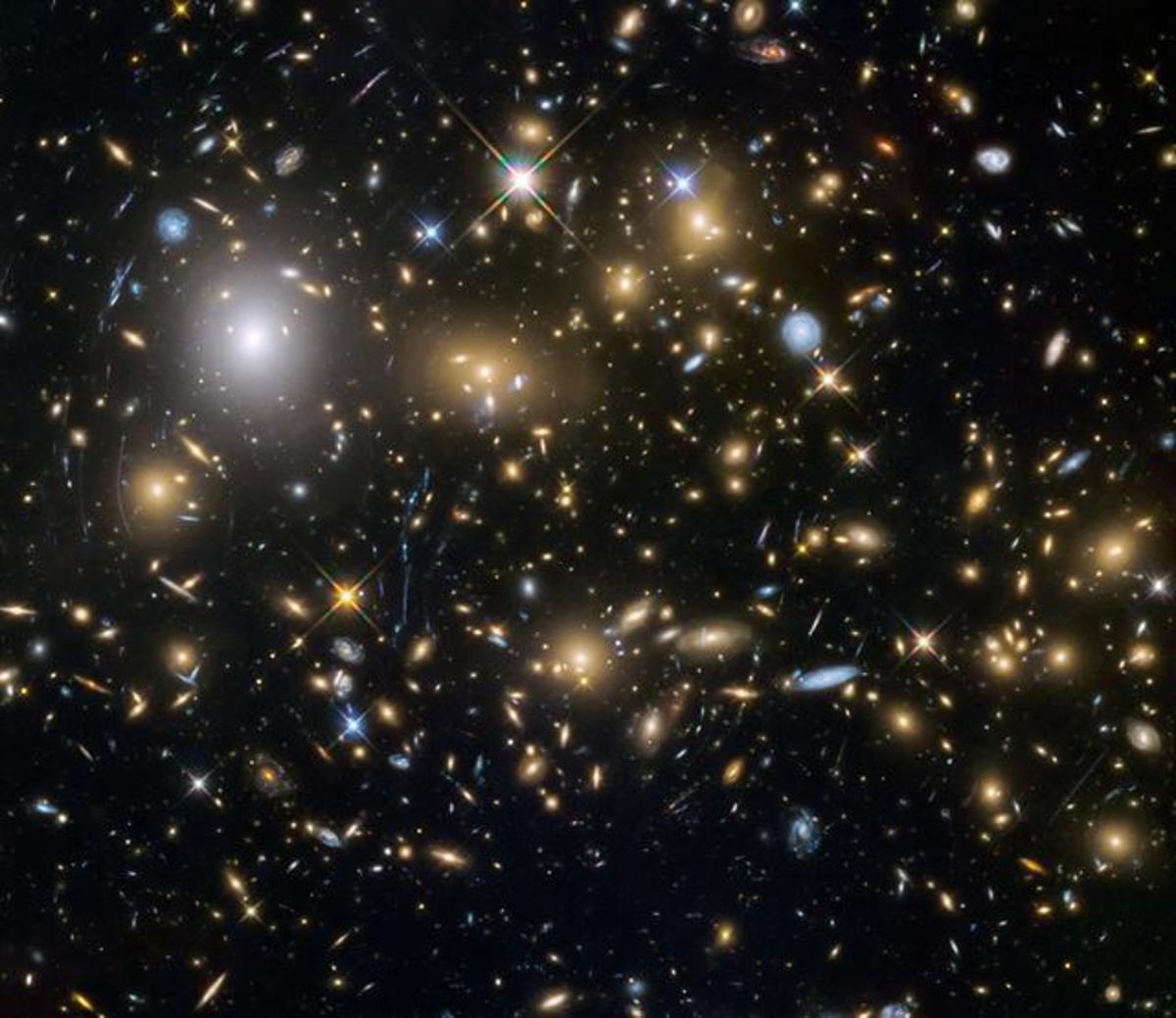Planetary Nebulae Imaged by the Hubble Space Telescope
Closeup of the Dumbell Nebula NGC 6853 M27
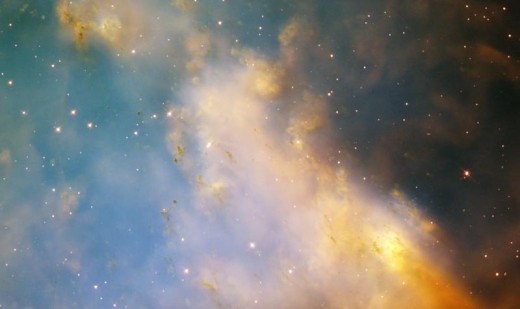
More Hubble Images
- Galaxies Imaged by the Hubble Space Telescope
A galaxy is a system of an enormous collection of stars up to a trillion or more individual stars or suns, dust and gas held together by gravity. Each galaxy belongs to a larger cluster or supercluster. ...
Planetary Nebulae
Planetary Nebula is a huge misnomer. It has nothing to do with planets. They are not visible through the naked eye. They were originally named in the 18th century when astronomers looking through the small telescopes of that time period saw what looked like giant planets. The first planetary nebula was discovered in 1764 by Charles Messier who cataloged it as M27. It was named the Dumbbell Nebula and later cataloged as NGC 6853 in the new classification system NGC (New General Catalog). It is located in the constellation Vulpecula about 1,360 light years away. This is a catalog of mainly deep space objects such as stars, nebulae and galaxies compiled by J. L. E. Dreyer in the 1880’s. It includes 7,840 objects. There are also two supplements called the Index Catalogue (IC) also compiled by Dreyer. The first (IC I), published in 1895, added 1,529 new star clusters, nebulae, and galaxies; the second (IC II), published in 1908, listed 3,857 more objects. The M numbering system is a catalog by Charles Messier (1730-1817). He was a French astronomer looking for comets and he cataloged other objects he found that were permanent objects in the sky in order to help other astronomers also looking for comets.
Helix Nebula NGC 7293
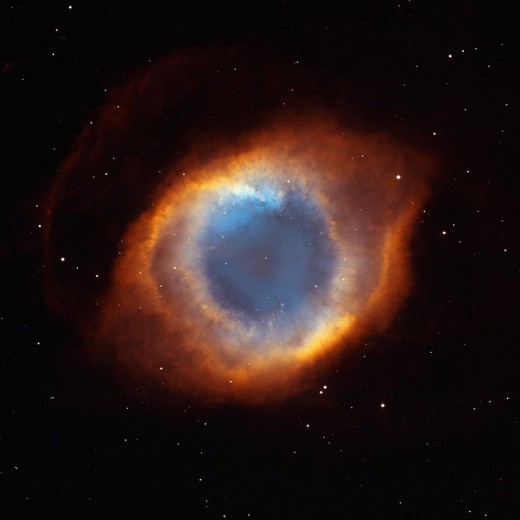
What is a Planetary Nebula?
A planetary nebula is an expanding area of glowing gas expelled by a star at the end of its life when it is collapsing into a white dwarf, the name for the very dense remains of a star. Not all stars end their lives by forming a planetary nebula. The mass of our sun is considered one solar mass. This is used as a standard to compare masses with other stars and galaxies. Heavier stars of more than 8 solar masses end their lives in supernova explosions. Medium to lower massed stars may end their lives in a planetary nebula. This occurs when a star can no longer support itself by fusion reactions in its center. The inner parts condense and heat up driving the outer portions away. This leaves the core remnant uncovered which heats the now distant gases and causes them to glow. They are relatively short-lived, from 10,000 to 25,000 years. The Helix Nebula is the one of the closest to Earth at 650 light years away (a light year is the distance that a particle of light (a photon) will travel in a year — about 10 trillion kilometers or 6 trillion miles). It can be seen with binoculars as a greenish cloud in the constellation Aquarius. The planetary nebula gas clouds are all unique and come in many shapes and sizes. Some of them are named after what they resemble. Many are only known by their NGC number.
Hubble Images of Planetary Nebulae
Bubble Nebula NGC 7635
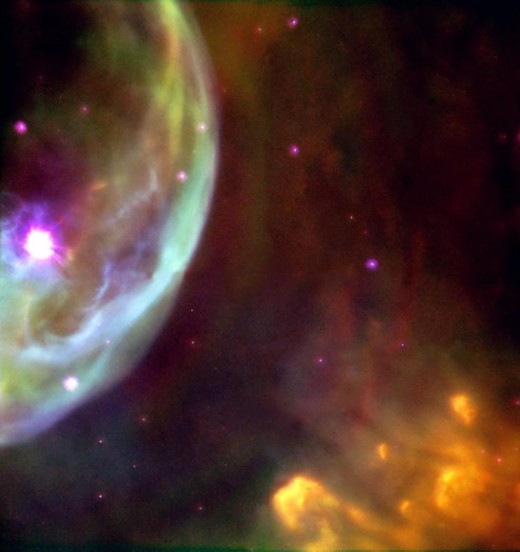
This nebula is 10 light-years across, more than twice the distance from Earth to the nearest star. It is located in the northern constellation Cassiopeia. Only part of the bubble is visible in this image.
Eight Burst Nebula or Southern Ring Nebula NGC 3132
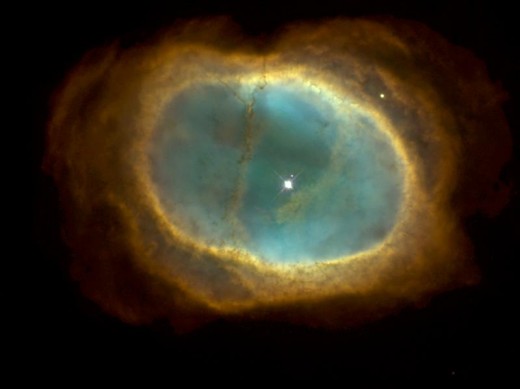
NGC 3132 is nearly half a light year in diameter, and at a distance of about 2000 light years is one of the nearer known planetary nebulae. The gases are expanding away from the central star at a speed of 9 miles per second. It is located in the southern hemisphere in the constellation Vela.
Little Ghost Nebula NGC 6369
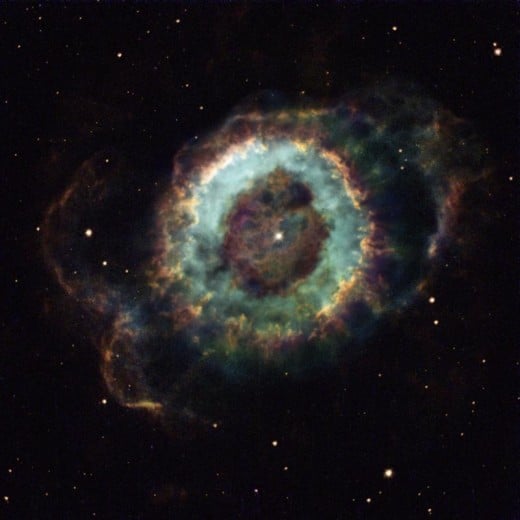
NGC 6369 lies in the direction of the constellation Ophiuchus, at a distance estimated to be between about 2,000 and 5,000 light-years from Earth.
Planetary Nebula NGC 6751
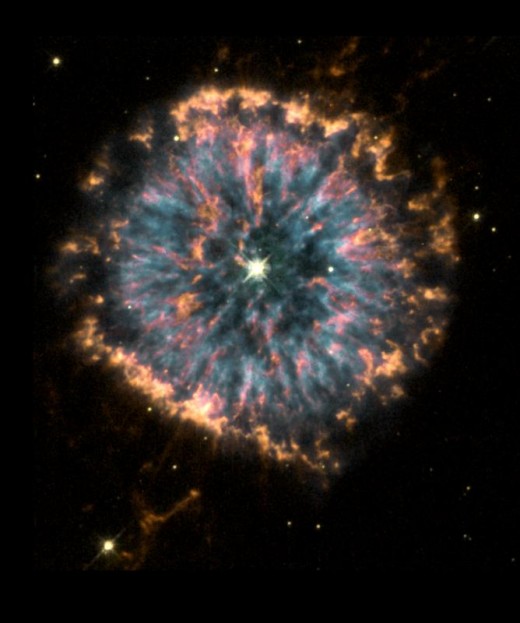
Current estimates are that NGC 6751 is roughly 6,500 light-years from Earth. The nebula's diameter is 0.8 light-years, some 600 times the diameter of our own solar system. It is located in the constellation Aquila
Retina Nebula IC 4406
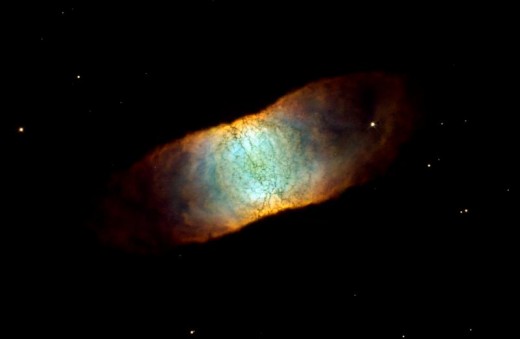
IC 4406 exhibits a high degree of symmetry; the left and right halves of the Hubble image are nearly mirror images of the other. It is located near the western border of the constellation Lupus the Wolf.
Ring Nebula M57 NGC 6720
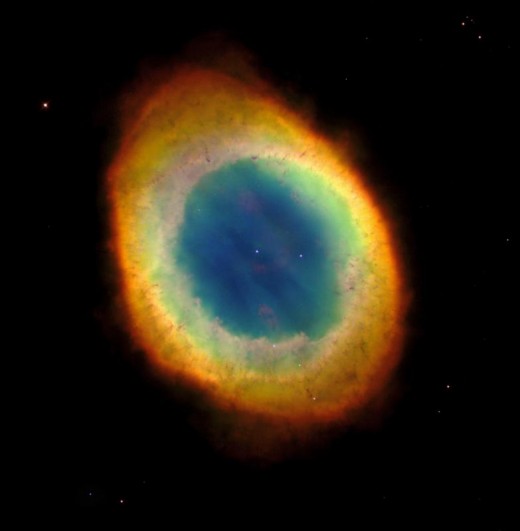
Most famous of all planetary nebulae. This nebula is about a light-year in diameter and is located some 2,000 light-years from Earth in the direction of the constellation Lyra. The colors are approximately true colors.
Spirograph Nebula IC 418
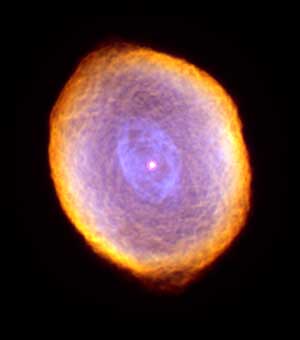
IC 418 lies about 2,000 light-years from Earth in the direction of the constellation Lepus.
Planetary Nebula NGC 2440
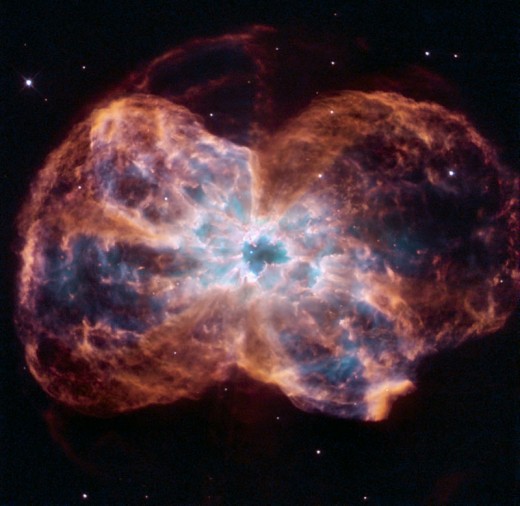
Approximately 3,600 light-years away in the constellation Puppis. The white dwarf at the center of NGC 2440 is one of the hottest known, with a surface temperature of nearly 400,000 degrees Fahrenheit (200,000 degrees Celsius)
Planetary Nebula NGC 2818
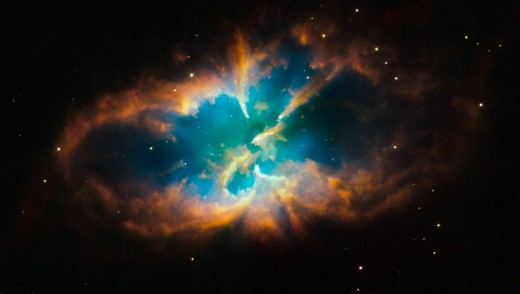
This nebula is 10,400 light-years away and lies in the southern constellation of Pyxis (the Compass).
Butterfly or Bug Nebula NGC 6302
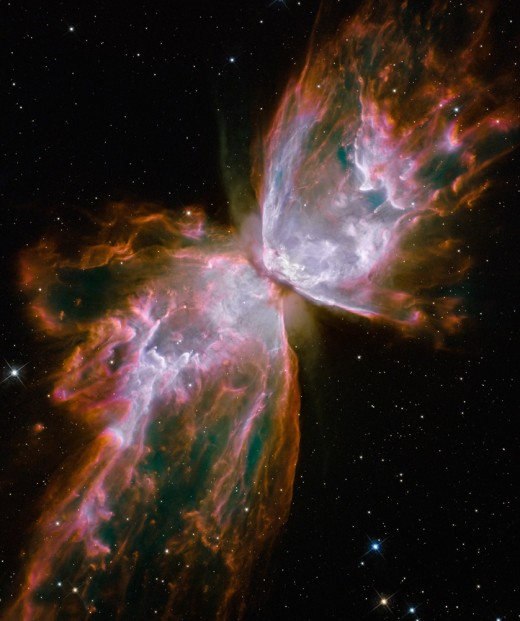
This is 3,800 light-years away in the constellation Scorpius. The "butterfly" stretches for more than two light-years, which is about half the distance from the Sun to the nearest star, Alpha Centauri.
Planetary Nebula NGC 5315
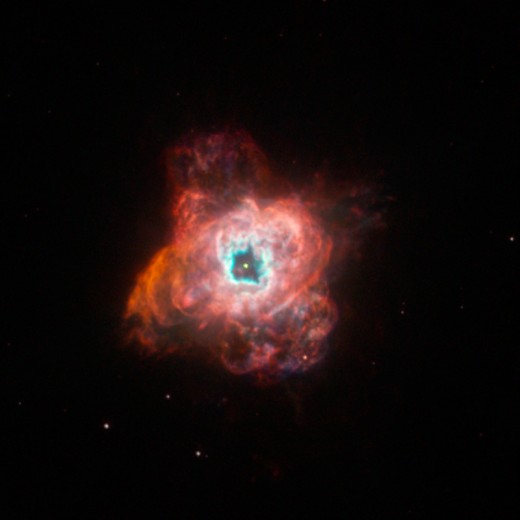
This nebula is 7,900 light-years away in the constellation Centaurus.
Ant Nebula Menzel 3
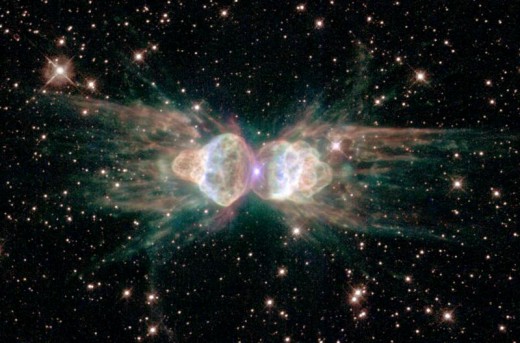
3000 light-years away in the constellation Norma.
Planetary Nebula K-455
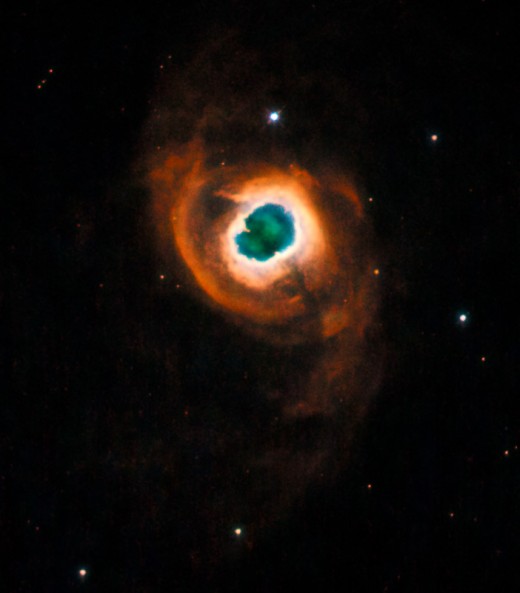
This nebula is 4,600 light-years away in the constellation Cygnus.
Planetary Nebula NGC 2371
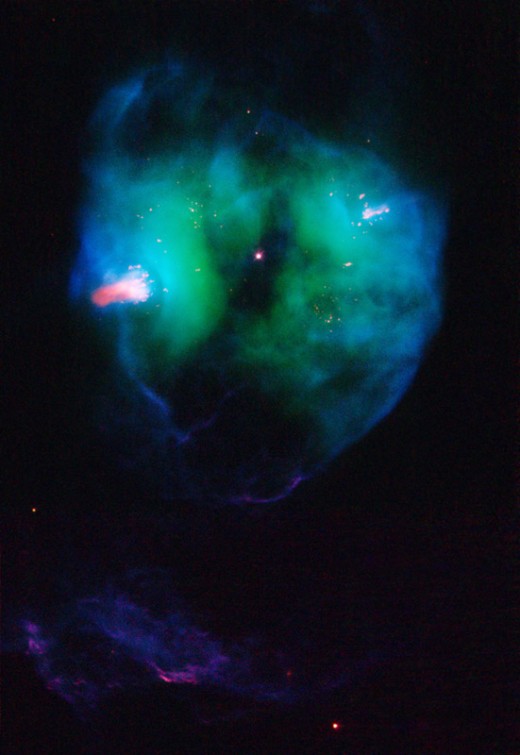
This one is about 4,300 light-years in the constellation Gemini.
More About The Hubble Space Telescope
- The Hubble Space Telescope: Astronomers Eye in the Sky
Astronomers dreamed of a telescope in space or an eye in the sky for many decades. The Hubble Space Telescope was the result of those dreams. In 1973 NASA selected a team to design the telescope and its...
Our Sun's Fate
These are some fantastic and beautiful pictures that came from the chaos of a dying star or sun. Our sun will eventually end its life by creating a planetary nebula; but probably not for another 5 billion years!
Galileo - The Man Who Started it All
- Galileo and the Telescope: How 400 Years Ago Galileo Changed the World
Galileo, an Italian professor of mathematics, did not invent the telescope. No one knows for sure who the first inventor was. But this new device spread quickly across Europe. At first it was more of a parlor...
Are You Out There?
- Calling All Intelligent Life Forms: Are You Out There?
This quote makes me laugh out loud. We are so intent on finding other intelligent life that we never stop to think that maybe they have already found us and do not consider us intelligent enough to...
Sources:
Astronomy Magazine Collector’s Edition – Hubble’s Greatest Pictures
www.hubblesite.org – the official website of the Hubble Space Telescope



